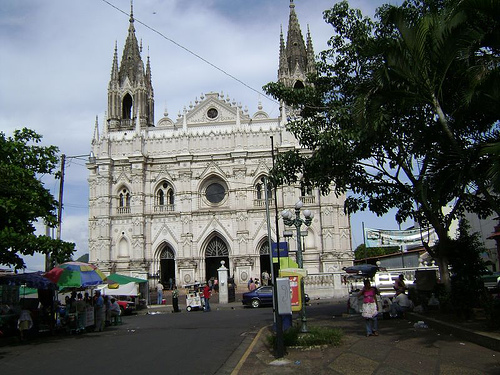
Uploaded on 2017-06-14 by Tania Gutierrez
1. Which are your top livability criteria? 1-Environment 2-Safety 3-Infraestructure 4-Health care 5- Job opportunities 2. Why do we live where we live? I am currently in Santa Ana, El Salvador. The main reason I live in this city is because my family lives here. I think my city is one of the most beautiful cities in my country. We have a beautiful architecture especially in the historical center, education is good we have public and private schools and universities, housing is cheaper than in the capital, better environment and transportion system and is a little more secure than other cities. It is a small city compared to San Salvador (capital city), I can walk from my house to the historic center in 15 minutes or take a bus and arrive in the university in 25 minutes. 3. To what extend does your own place of residence fulfill your ideal livability criteria? Environment: 50% Safety: 30% Infraestructure:40% Health Care:50% Job opportunities: 40% (it is currently a general problem in my country). A general score of my city is 42%. 4. What would you change? I would change safety and job opportunities. Safety is one of the biggest problems in my country and it is very difficult to do daily activities without feel afraid of being stolen by thiefs, you can not do something at night because it may be dangerous in some areas of the city, even some people can not have a bussiness in their homes because they can recieved an extortion from the delicuency. Job opportunities in my city are not enough. Most of employment is in the capital city, the local economy does not increased enough and some people can not better their lives because salaries are not fair and enough. It is expensive use the transportation system to travel from my city to the capital city and it might be very different if the city would have more local employment. 5.Why do we move? I would select this following cities: Amsterdam, Stockholm and Calgary, this cities have good environments, infraestructure, transportation, health care, education, culture, economy, job opportunities, political stability.